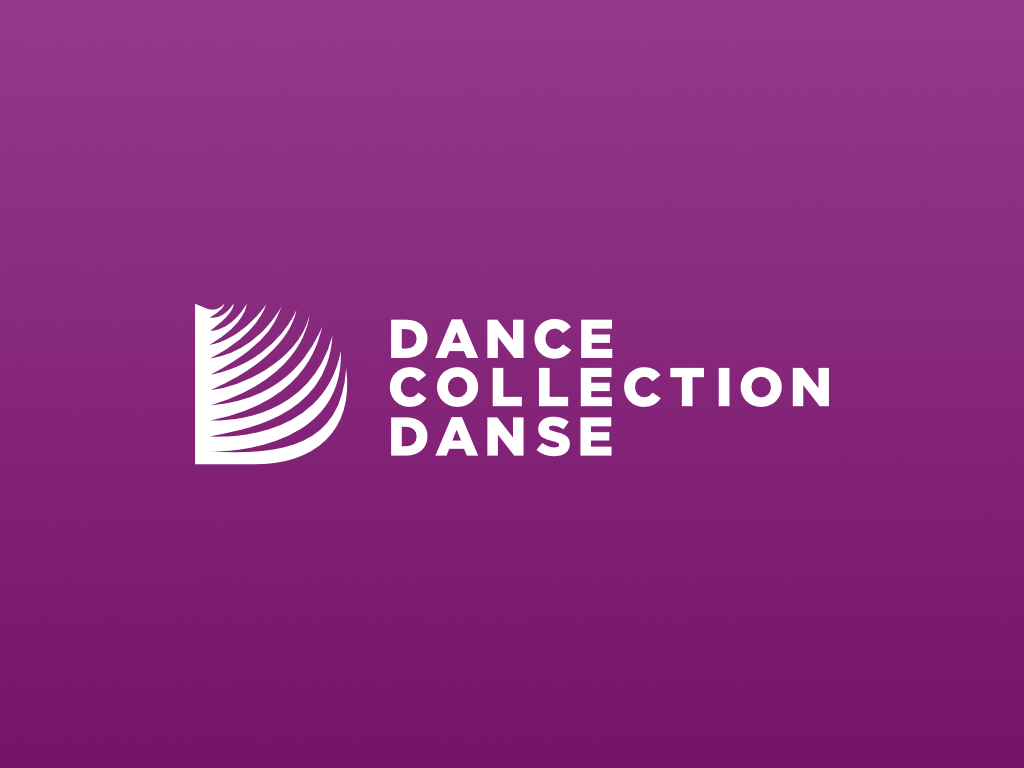Dance in Canada Magazine Number 9, Summer 1976
Added 29th Apr 2021 by Beth Dobson (Archives and Programming Assistant, DCD) / Last update 20th Feb 2022
The description of this Item
Contains the following articles:
- Editorial by Susan Cohen
- Cuban Connection by Brian Macdonald
- Profile: Jean-Pierre Perreault A la découverte de la danse ballnaise by Suzanne Asselin
- Etoile de nuit by René Picard
- Paris: Tendances actuelles by Lise Brunel
- Studio Place: Toronto by Jennifer Oille
- Choreography and Music by Terrill Maguire
- In Review The Royal Ballet by Nancy Goldner
- Toronto Dance Theatre by Virginia Solomon
- Regina Modern Dance Workshop by Mac Swackhammer
- Noticeboard
- Letters from the Field
The collections that this item appears in.
Tag descriptions added by humans
Choreography
Royal Winnipeg Ballet
Ballet
Collaboration
David Earle
Peter Randazzo
René Picard
Susan Cohen
Toronto Dance Theatre
Modern Dance
Brian Macdonald
David Haber
Fernand Nault
Les Grands Ballets Canadiens
Maria Formolo
Marianne Livant
Patricia Beatty
Monique Michaud
Les Grands Ballet Canadiens
Music
Brydon Paige
Lawrence Adams
Miriam Adams
Nancy Goldner
15 Dance Laboratorium
Royal Ballet
Visus Foundation
The Brinson Report
Alicia Alonso
Allan Risdill
Bill Holahan
Caroline Dudan
Christian Trovillas
David Davis
David Langer
David Watkins
Elaine Rudnicki
Everard Woods
Frank Garoutte
Gary Goodwin
Iris Schmidt
Jane Honor
Janice Lebloud
Jean-Pierre Perreault
Jennifer Oille
Linda Steams
Lise Brunel
Louis Horst
Mac Swackhammer
Michael Byron
Kenneth Lipitz
Muna Tseug
Peter Boneham
Robert Starer
Sarah Pettitt
Sir Frederick Ashton
Suzanne Asselin
Terrill Maguire
Virginia Solomon
Dance and Theatre Arts Calgary Society
Les Grnads Ballets Canadiens
Regina Modern Dance Works
The Royal Ballet
Young People's Theatre
Dry Run
Hot and Cold Heroes
Hybrid
Layers
Nighthawks
Quartet
The Rainbox Dance
Time out of Mind
Visions for a Theatre of the MInd
Performing Spaces
Radio
Staging
Description of the objects in this Item
01/07/1976
Magazine
Dance in Canada Magazine Number 9, Summer 1976
Dance Collection Danse
DCD's accession number for this Item. It is the unique identifier.
Auto-generated content
Tag descriptions added automatically
Auto-generated identification of objects in this Item
An autogenerated description of this Item
Auto-generated number of faces in the Item

